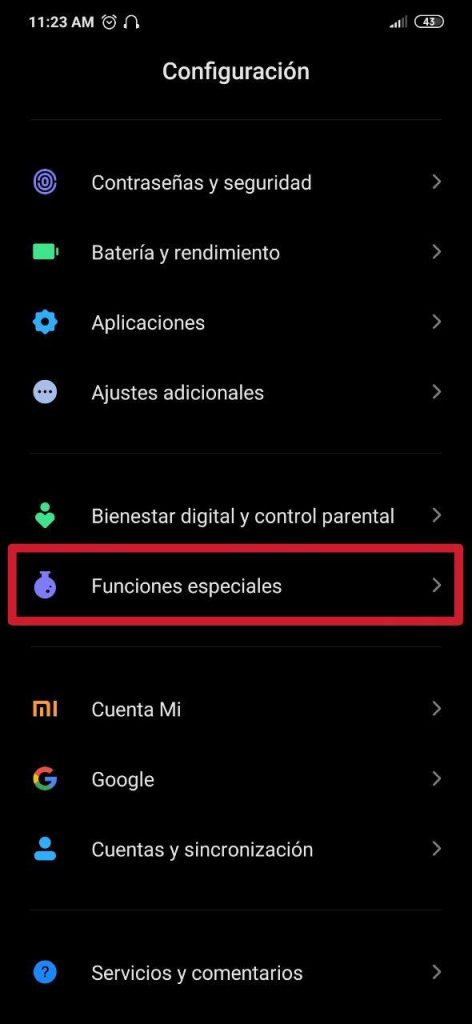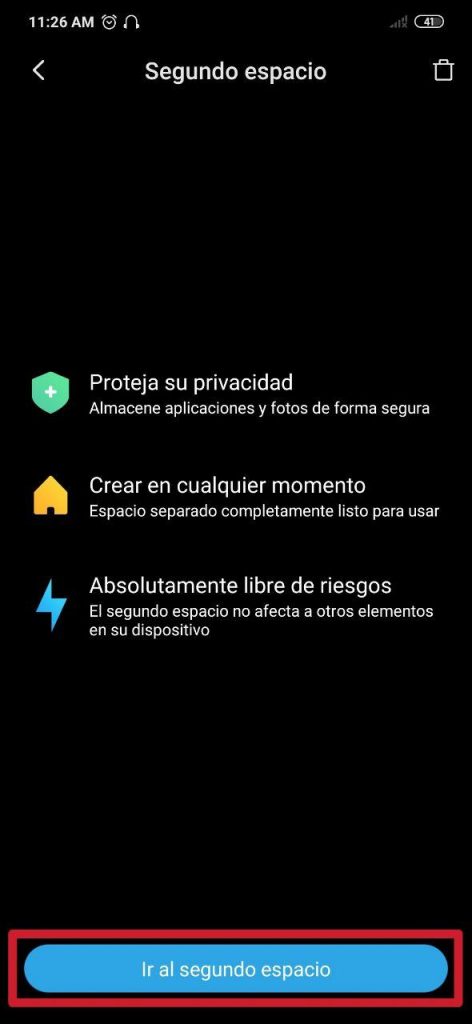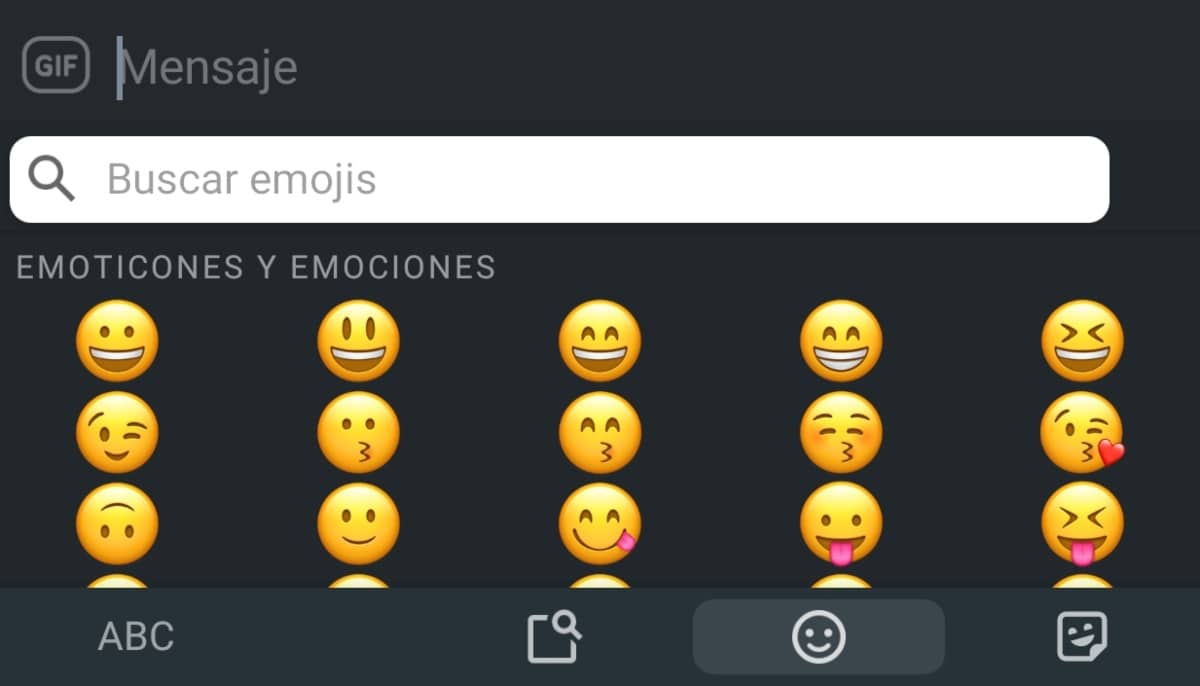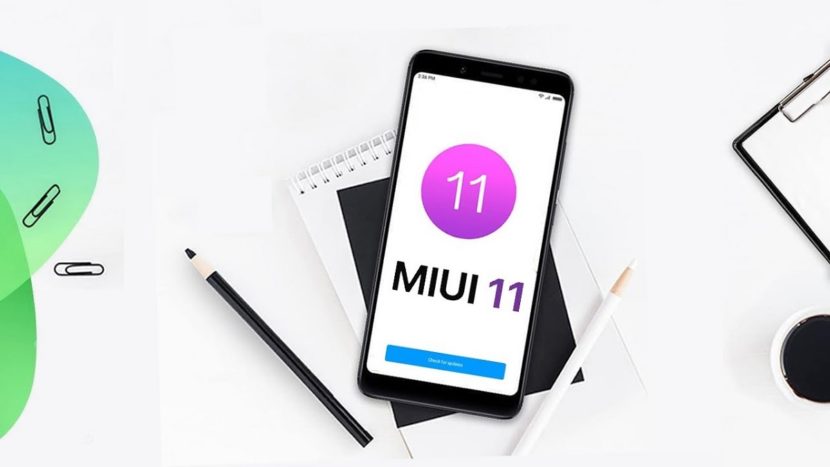
It is usual for a friend, family member or acquaintance to borrow a phone from us to perform any task, be it a call, send a text, play ... whatever. If you loan it, we will surely be careful so that it does not access private sites out of curiosity, such as our photo gallery. For this there is a function called Second space.
This is based on the creation of a completely virgin interface that works as a guest account for everyone who accesses our device, although we can also use it as a totally new personalized space. Xiaomi MIUI -and Redmi- offers this function, and we explain how to activate it below, something that is really simple.
This is how you can activate the second space in a Xiaomi
The first thing we have to do is access Configuration, section in which we will look for the box Special functions, which is number 21. Once inside, we will find three sections, which are Game Turbo, Quickly answers y Second space. Obviously we will click on the latter, as it is the one that interests us this time.
- Step 1:
- Step 2:
- Step 3:
Before creating the second space, a notice appears that mentions the benefits of the function. First of all, it tells us that with this mode we can safely store applications and photos, create it - and delete it - at any time and does not represent any risk, so the main interface will not be affected by the changes we make in it. second space.
Then, in that same warning screen, at the bottom, is the button Go to second space, which is the one to press. Subsequently, the device will proceed to create it. Once this is done, we will be shown a message that indicates that the mobile is changing to the second space and it was created successfully.
To switch between the two existing spaces (the main one and the second one), we can use a password or a shortcut. This is configured after the second space has been created.
In the case that we have selected the change between spaces through a shortcut, this will be created automatically in both interfaces, just like that of an app. You only have to click on it to switch between the main and the second space; as simple as that. Switching from one to the other only takes a second or two, although it may take a short extra time.
To delete the second space, you simply have to access the same section of second space that we already indicated and then click on the trash can icon that is positioned in the upper right corner, which appears automatically after having created the second space. When clicking on it, a message appears that tells us that "all the application data in the second space will be lost when deleting it." We give it in Delete and voila, this is erased. We can also create it later as many times as we want.
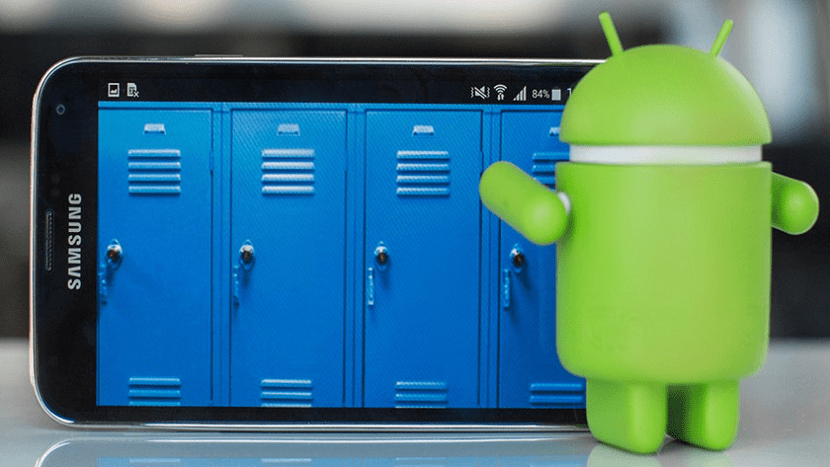
The second space is especially useful when lending the mobile to someone, as we said at the beginning. Applications such as the gallery lack all the photos that we take in the main space, while other apps also do not have the changes, settings and data that are applied in the first space.
It is worth mentioning that the applications that we find in the secondary space are the ones that come pre-installed by default, so we will not find the ones installed by ourselves.
If you don't want to create a whole new space, there is also the possibility of creating dual applications. With this function we can create a copy of almost any application or game -including WhatsApp, Facebook and others of common interest-. The copy will not have any data from its original image, so it will be completely virgin. You may also be interested in the following articles:
- How to restrict data and Wi-Fi to applications on a Xiaomi or Redmi
- How to manage apps in Xiaomi MIUI
